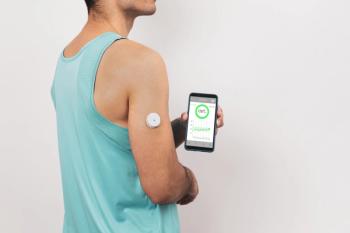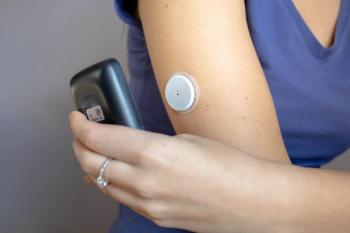
CGM Use Decreases Hypoglycemic Episodes in Underserved Patients With T2D
Diabetes technology, including continuous glucose monitoring (CGM), is feasible for underserved patients in the primary care outpatient setting, according to research results published at the American Diabetes Association 83rd Scientific Sessions, held June 23 to 26 in San Diego, California.1
According to investigators, CGMs have reduced the need for finger sticks and can effectively help individuals lower HbA1c and decrease the number of hypoglycemic events. Individuals who live in underserved or historically marginalized communities and populations are disproportionately affected by diabetes, but only limited data are available around CGM use in these patients.
Researchers reported on a pilot initiative that brought FreeStyle Libre 2 CGM access to a federally qualified health center, where patients with type 2 diabetes (T2D) and an HbA1c less than 8% were referred for program enrollment. Patients had an initial visit to place the CGM, as well as several follow-up visits to review glycemic trends and make medication changes.
A total of 50 participants were enrolled. Among this group, CGM active time was >50% in 75% of participants; those who continued with CGM use had an increase in active time. At baseline, mean HbA1c for the cohort was 9.64%. After 2 weeks, mean glucose was 195 mg/dL. Incidents of hypoglycemia—especially hypoglycemia overnight—was reduced as well.
“This pilot study demonstrates the feasibility of utilizing diabetes technology in underserved patients at a primary care clinic,” the researchers concluded. “CGM is beneficial in under resourced primary care outpatient settings to determine glycemic trends and make appropriate medication recommendations.”
Reference
1. Sgroi RG, Gumireddy S, Ying W, et al. Access to continuous glucose monitoring systems in a primary care clinic for underserved patients with type 2 diabetes—a pilot study. Presented at: American Diabetes Association 83rd Scientific Sessions; June 23-26, 2023; San Diego, CA.
Newsletter
Pharmacy practice is always changing. Stay ahead of the curve with the Drug Topics newsletter and get the latest drug information, industry trends, and patient care tips.

















































































































